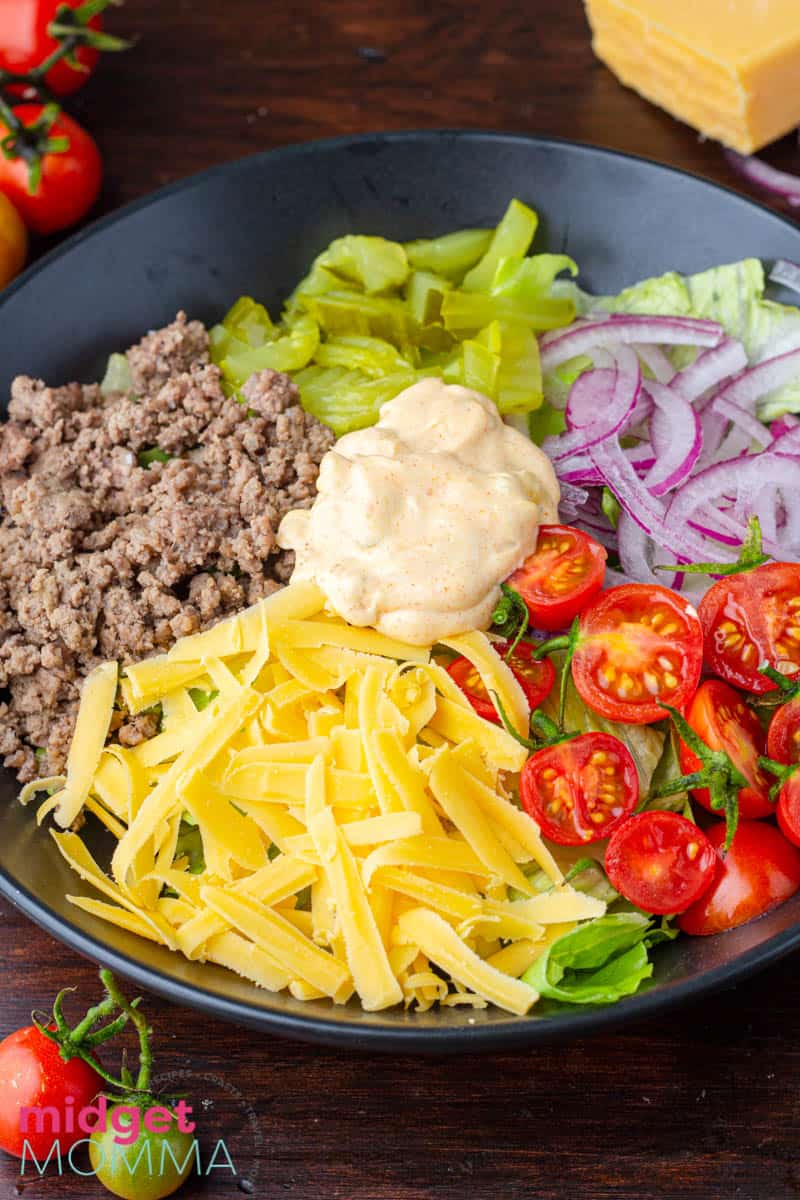

Lemon juice is commonly used, despite the original Caesar salad opting for lime. The trademark brands "Cardini's", "Caesar Cardini's" and "The Original Caesar Dressing" are all claimed to date to February 1950, although they were only registered decades later, and more than a dozen varieties of bottled Cardini's dressing are available today, with various ingredients.Īs the salad moved North to the U.S, a key ingredient changed within the recipe. Bottled Caesar dressings are now produced and marketed by many companies.

Īlthough the original recipe does not contain anchovies, modern recipes typically include anchovies as a key ingredient, which frequently is emulsified in bottled versions. Several sources have testified that the original recipe used only Worcestershire sauce without any anchovies, which Cardini considered too bold in flavor. Everyone makes the dressing a little differently and anchovy paste is sometimes added with Worcestershire sauce, dry mustard and garlic to enhance the flavor of the olive oil. In the 1970s, Cardini's daughter said that the original recipe included whole lettuce leaves, which were meant to be lifted by the stem and eaten with the fingers coddled eggs and garlic infused olive oil. It's an intricate concoction that takes ages to prepare and contains (zowie!) lots of garlic, raw or slightly coddled eggs, croutons, romaine, anchovies, parmeasan cheese, olive oil, vinegar and plenty of black pepper. The big food rage in Hollywood-the Caesar salad-will be introduced to New Yorkers by Gilmore's Steak House. In 1946, the newspaper columnist Dorothy Kilgallen wrote of a Caesar containing anchovies, differing from Cardini's version: Julia Child said that she had eaten a Caesar salad at Cardini's restaurant when she was a child in the 1920s. A poster inside Hotel Caesar's saying "Home of the legendary Caesar's Salad"


 0 kommentar(er)
0 kommentar(er)
